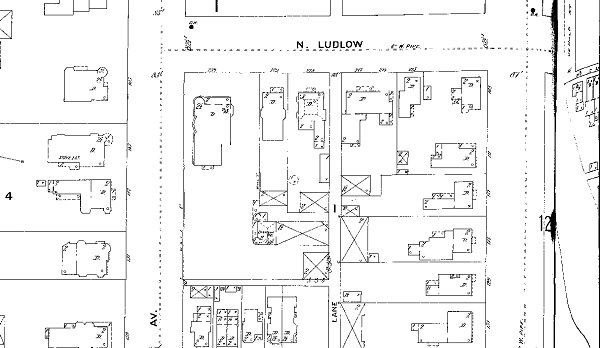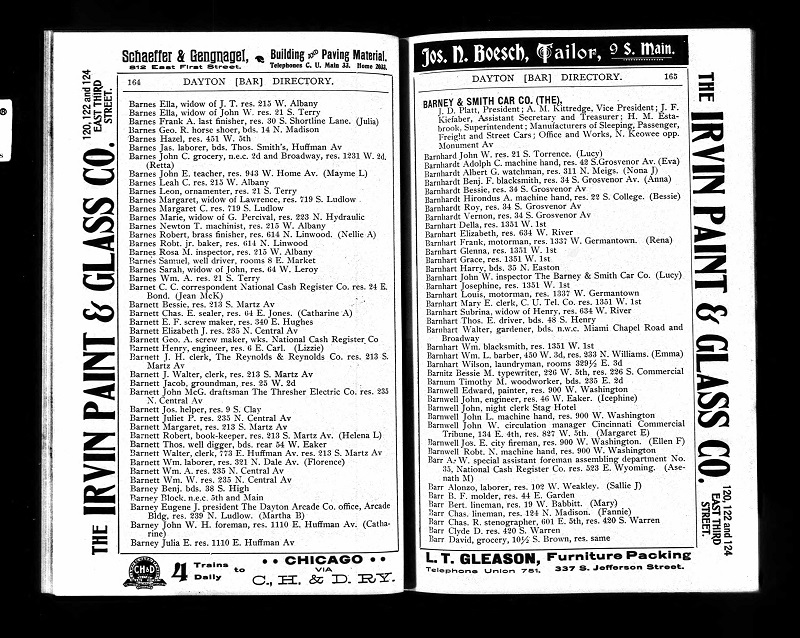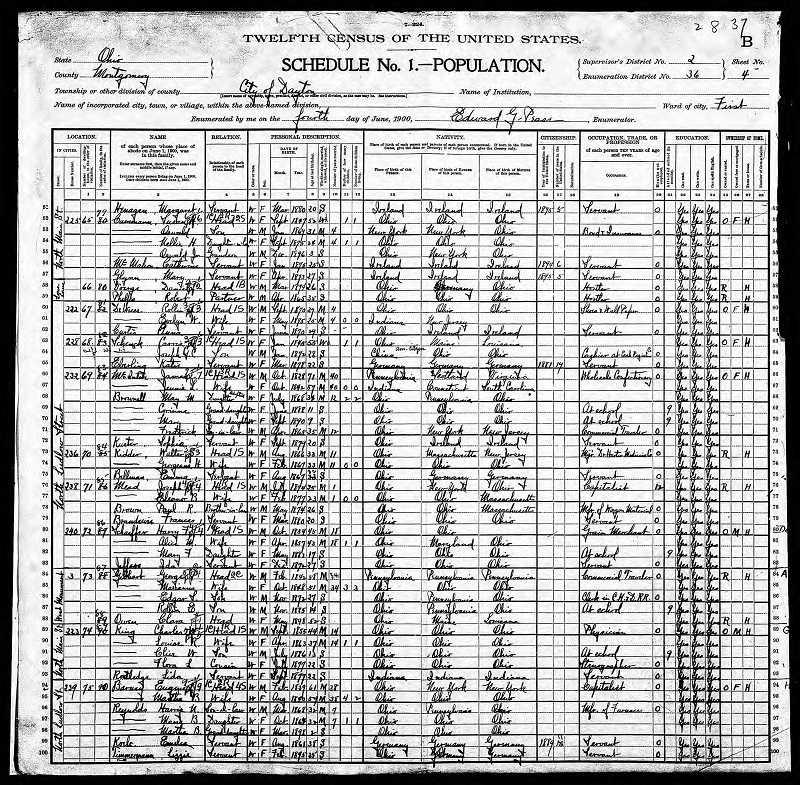University Libraries

Arcade History Project Provides Story, Surprise
By Heidi Gauder, Caroline Merithew
The Librarian’s Take
Heidi Gauder, coordinator of research and instruction: It was a fairly routine request: Could I work with students in the HST498 capstone course to show them primary sources related to their Dayton Arcade project*? Sure, no problem. As the library liaison to the history department, it’s the kind of work I find most enjoyable, helping students explore primary sources and putting context to their finds within existing scholarship. And, as a native Daytonian who had walked the floors of the Arcade at one time, I was excited that they were becoming acquainted with local history.
The professors, Caroline Merithew and Todd Uhlmann, wanted students to explore the Arcade from its beginning to the current revitalization efforts. Although I had shopped at the Arcade, I knew very little about it before I explored it as a teenager.
In order to help the students conduct their research, I did a little of my own. Dayton history books noted that Eugene Barney had financed at least part of the construction, so I looked him up in the 1903 Dayton city directory, for which we have online access via HeritageQuest online, thanks to the State Library of Ohio. There we found him: Eugene J. Barney, president of the Dayton Arcade Co., living with his wife, Martha B., at 239 N. Ludlow St. Although Barney’s residence is no longer around (it became an officers club, a funeral home and later a parking lot), we could still glean the size of his residence from the 1897 Sanborn maps, another online resource. From the lot size and the structure outlines compared to other buildings and homes in the vicinity, it must have been a grand house.
During the session with the class, we reviewed these resources and more. Armed with Barney’s address, we went back to HeritageQuest online, using the 1900 Census to learn more about him. We learned that he lived there with his wife, daughter, son-in-law, granddaughter, and four servants. We learned that he could read and write and that he owned his home free and clear (without a mortgage). He lived next door to John Brenner, the Dayton area’s representative in the U.S. Congress and a tobacco leaf dealer. As for Barney’s occupation, we were all in for a surprise: When the Census record appeared on the classroom screen, there, in the enumerator’s clear handwriting, we saw that Eugene Barney’s job was “capitalist.”
Professor’s Perspective
Caroline Waldron Merithew, associate professor of history: Students sometimes think they know it all. I find this attitude especially prevalent in their responses to classroom visits to the library. My work was doubly hampered this spring when I insisted that, despite some of the primary sources being available online and digitally, the capstone history majors use microfilm. And, we were learning this art and craft at the library, which meant we needed extra time. I felt like I had told the students that they were required to eat liver every day of their lives (my apologies to liver lovers in the community).
As accustomed as I am to pushback from students about going to the library, I am just as familiar with the grace, good will and gifts that librarians bring to their work, and thus to mine. As many scholars — and yes, many students — know: Without librarians, our work would be impossible and much less revelatory and fun.
The latter is what we got on an evening in January thanks to my great colleague, librarian Heidi Gauder. She showed the students where and why microfilm copies of the Dayton Daily News were kept at Roesch; she also made it possible for the students to use some of the coolest machines in the library. (They’re on the 2nd floor — if you don’t know. Sleek and simple, powerful and majestic … is there anything better than a microfilm machine that can scan to PDF?)
What Heidi showed us that day went beyond that. She combined the old access stuff with the digitally sleek. Having both meant that the “click” moment of discovery combined both forms.
When she opened the 1900 census to reveal Eugene Barney, we had a eureka moment, albeit expected. What threw us both for a loop, however, and what the students witnessed, was what we found afterward.
Barney, who had recently retired as president of the Barney & Smith Manufacturing Co., wasn’t just an average Joe with a job we might’ve anticipated. Rather, he was a “capitalist” — named and recorded for posterity by the enumerator.
When students — and others — read historical documents, the materials are usually found in textbook readers and often include explanations as to their historical relevance. Without the aid of textbooks, we all are apt to forget that documents exist in multiple formats and nearly every library setting. These resources are tools for enlightenment and even time travel. Who would ever claim the badge of capitalist? Even those today who swear war against “socialism in America” do not use that term. But here, to the surprise of a librarian, an historian, and students, was a term** that was so old and yet so clear.
ADDITIONAL READING
*The University of Dayton intends to become an anchor tenant in the Dayton Arcade. The HST498 capstone course seeks to provide history majors with experience in tackling real-world research problems. By the end of the semester, students will research the history of the Dayton Arcade, conduct oral interviews, and create a blog about their findings.
**Census Bureau directions to the enumerators noted, “You need not give a person's occupation just as he expresses it. If he can not tell intelligibly what he is, find out what he does, and describe his occupation accordingly. Endeavor to ascertain always the kind of work done, and so state it.” Following this advice, the Census Bureau defined a capitalist as “a person who receives his income, or most of it, from money loaned at interest, or from stocks, bonds, or other securities.”



